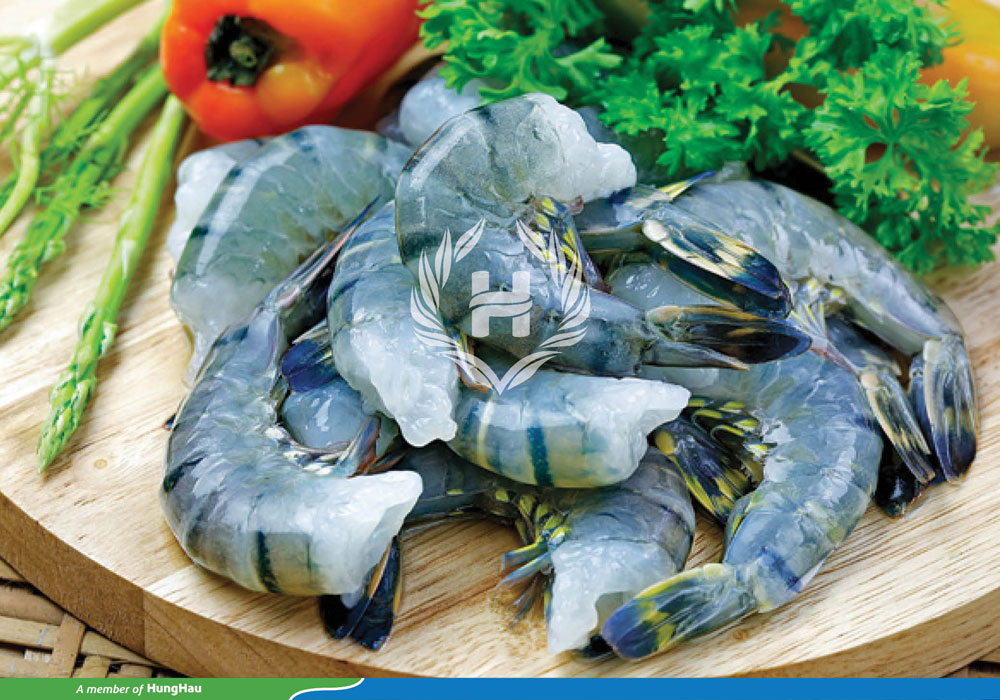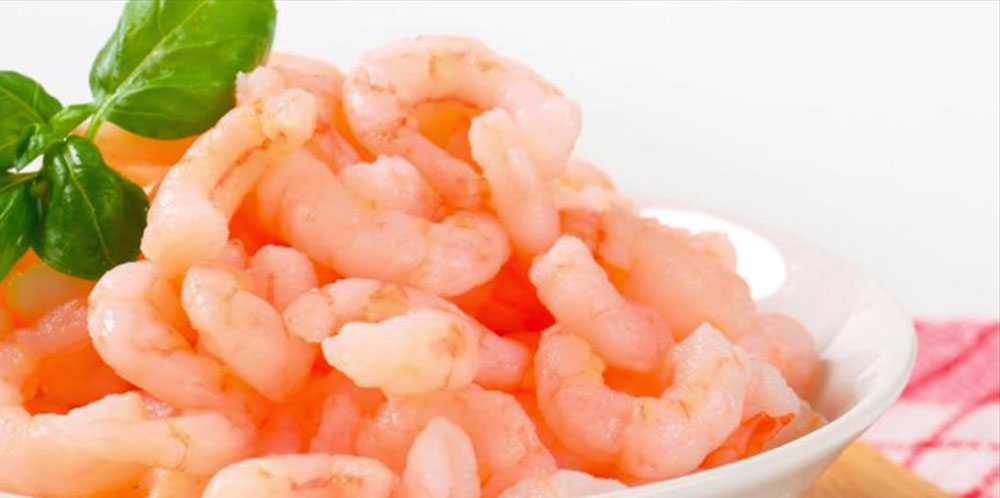Vietnam Seafood
Shrimp exports to Australia still have a lot of room
As of February 15, 2024, Vietnamese shrimp exports to Australia reached more than 23 million USD, an increase of 48% over the same period in 2023. Australia is the fifth-largest single market in terms of imports. Vietnamese shrimp account for 7.5% of the total value of Vietnamese shrimp exports to markets.
In 2023, shrimp exports to Australia were in the general decline trend of shrimp exports to other markets. High inflation also negatively affects Australia, causing purchasing power to decline. In 2023, Vietnamese shrimp exports to Australia reached 233 million USD, down 14% compared to the previous year. The 14% decrease in shrimp exports to Australia is still lower than other main markets such as Japan, the EU, Korea, Canada, etc.
In 5 years (2019–2022), Vietnamese shrimp exports to Australia grew continuously from 127 million USD in 2019 to 272 million USD in 2022, with the proportion of Vietnam’s total shrimp exports increasing from 3.7% in 2019 to 6.3% in 2022.
Promoting strengths in deep processing
White-legged shrimp account for the largest proportion of Vietnam’s shrimp products exported to Australia, accounting for 95%; black tiger prawns account for a small proportion of 0.2%; and the rest are other types of shrimp, accounting for 4.8%. Of the total shrimp products exported to Australia, value-added processed shrimp (HS code 16) accounts for 40%. Processed shrimp products exported to this market mainly include shrimp dumplings, ginger shrimp dumplings, frozen white shrimp with fried breaded meat, and frozen white shrimp on skewers…
Although it is only the 5th largest shrimp consumption market in Vietnam, Australia is considered a potential market, especially when the demand for processed shrimp in this market is increasing. Meanwhile, the shrimp processing level of Vietnamese enterprises is constantly increasing, with new products becoming more and more abundant.
By focusing on promoting their strengths, enterprises will succeed in large consumer markets, including Australia. As shared by Mr. Le Van Quang, General Director of Minh Phu Seafood Group Joint Stock Company, “Shrimp processing and exporting enterprises are required to invest in more advanced technology to create more products. “Deep processing has a high value in conquering the international market.” Or the opinion shared by Mr. Ho Quoc Luc, Chairman of the Board of Directors of Sao Ta Food Joint Stock Company “Thanks to the investment in modern technology, despite having to endure strong competitive pressure from cheap shrimp from Ecuador and India, Indonesian and Vietnamese shrimp can still stand firm, even accounting for the largest market share in the international market. Therefore, to maintain its export position and cope with the price difference of raw shrimp, the Vietnamese shrimp industry promotes its strengths in deep processing and diversifies deep-processed products to maintain market share.”

Positive cooperation between the two countries will promote shrimp exports
Australia is the 13th largest economy in the world, with an import turnover of nearly 250 billion USD per year. Over the past time, Vietnam-Australia relations have continuously developed and been effective in all fields. In particular, economic and trade cooperation has made remarkable progress.
Australia is currently one of Vietnam’s 7 largest trading partners; conversely, Vietnam is also Australia’s 10th largest trading partner.
Vietnam and Australia are common members of at least three free trade agreements (FTAs), including the ASEAN-Australia-New Zealand FTA (AANZFTA), the Comprehensive and Progressive Agreement for Trans-Pacific Partnership (CPTPP), and most recently the Regional Comprehensive Economic Partnership (RCEP).
Although the population is small, only 25.7 million people, this is a potential market because people are willing to pay high prices for quality products and are open to imported goods.
Although there are many advantages, Australia is also a demanding market with a system of strict standards for imported goods. In addition, geographical distance leads to high logistics costs and long shipping times, which are also challenges for Vietnamese seafood businesses when exporting to this market. Therefore, businesses must be proactive in exploiting and developing markets and have long-term business plans to promote exporting goods to the Australian market.
On the occasion of the Special Summit commemorating 50 years of ASEAN-Australia relations and Prime Minister Pham Minh Chinh’s visit to Australia in the early days of March, the two Prime Ministers of the two countries agreed to upgrade the relationship between ASEAN and Australia. Vietnam-Australia’s relationship to the Comprehensive Strategic Partnership is equivalent to the relationship between Vietnam and the US, Japan, Russia, India, and China. The two sides will promote market access measures and facilitate trade for both countries in the fields of agriculture and fisheries.
Also within the framework of this summit, Australia announced a plan to increase investment in Southeast Asia, spending 1.3 billion USD to promote trade in this region with a rising economy.
With positive information on the cooperative relationship between the two sides, the economic situation is gradually improving, and it is expected that shrimp exports to the Australian market in 2024 will achieve positive results.
(Source: https://seafood.vasep.com.vn/)



 Tiếng Việt
Tiếng Việt